Duke of Reggio
Pronunciation:
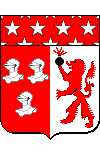
Nicolas-Charles Oudinot was born on April 25, 1767 in Bar-le-Duc in the Lorraine. In 1784 at the age of 17, he attempted to escape from his father's brewery by joining an infantry regiment, but his father soon forced him to return to the nest.
The Revolution allowed him to leave for good. He enlisted in the National Guard, became a Captain in a temporary unit on July 14, 1789 and the Lieutenant Colonel of a regiment of volunteers in 1791.
He was promoted to chef de brigade (Colonel) for his defence of the city of Bitche in November 1793.
One month later, Oudinot received the first in a series of thirty-two injuries making him the most ill-fated Marshal.
He returned to the army four months later distinguishing himself by forcing his way through enemy ranks at Kaiserslautern (May 1794) with his bayonet. Promoted to Brigadier General, he commanded the city of Trier (Germany) for several months due to another injury. He returned to combat in October 1795 only to received five sabre wounds and bullet injury in the same day.
Captured by the enemy, he was freed in January 1796. Several injuries later, he was named général de division (Major General) in April 1799 and transferred to the Swiss Army under the command of André Masséna where he distinguished himself at once at Zurich. Later, he again served under Masséna as Chief of Staff during the Second Italian Campaign. He celebrated Christmas in 1800, during the Battle of the Mincio River, by capturing an Austrian canon.
After the armistice, Nicolas-Charles Oudinot became Inspector General of the Infantry and then of the Cavalry as well.
When the Grande Armée was formed, he took command of a division of grenadiers, but a bullet to his leg forced him to relinquish his command at the beginning of the campaign (October 1805).
He was injured again in May 1807 when he broke his leg falling off a horse. Nonetheless, he was at the head of his grenadiers at Friedland in June. That day, his request for reinforcements prompted Napoleon I to reply, Tell Oudinot that wherever he is, he need only fear himself
(Oudinot later had these words engraved on a pipe given to him by the Emperor).
A Count since 1808, Oudinot participated in the German Campaign of 1809, winning the Battle of Pfaffenhofen and receiving an injured at Essling. At Essing and Wagram, he replaced Jean Lannes as Commander. He was elevated to Marshal six days later.
In April 1810, he became Duke of Reggio and Commander in Holland when he was recalled to France. His moderation and the discipline he imposed on his troupes later merited the thanks of the new King after the fall of the Empire.
In 1812, he entered Russia at the head of his grenadiers, captured Podolsk in August where he was seriously injured. Scarcely recovered, he returned to command during the retreat and was again gravely wounded at the Battle of Berezina.
1813 was hardly kinder to him. Beaten by Jean-Baptiste Bernadotte at Gross Beeren in August, he contracted typhus a few weeks later and returned to France in critical condition.
Once again, he was barely allowed time to recover before returning to the front. He evaded death by a hair at Brienne (January 1814) when a cannon-ball grazed both his legs and at Arcis-sur-Aube in Marche when he was struck by a bullet in the chest, throwing him spread-eagle into the ranks of the Legion of Honour.
On April 4, 1814 at Fontainebleau, Oudinot was among the most vociferous advocates for Napoleon I's abdication, offering his services immediately after to the Count d'Artois. King Louis XVIII gave him command of a military region.
At the beginning of the Hundred Days, after failing to lead his troupes against Napoleon, he returned to his estate without a commission.
With the return of Louis XVIII, he was returned to his duties with the additional responsibility of commanding the National Guard of Paris. He was made a Duke and Peer in 1817 and commanded the Spanish Expedition in 1823 under the Duke d'Angoulême.
In 1842, he was named Governor of the Invalides , the last post he would hold. He died at the respectable age of 80 on September 13, 1847 in the H(tel des Invalides. He was laid to rest in the Governor's Crypt of the Cathedral of Saint-Louis.
"Nicolas Charles Oudinot, Duke of Reggio" by Isidore Alexandre Augustin Pils (Paris 1813 - Douarnenez 1875), after Robert Jacques François Faust Lefèvre (Bayeux 1755 - Paris 1830).
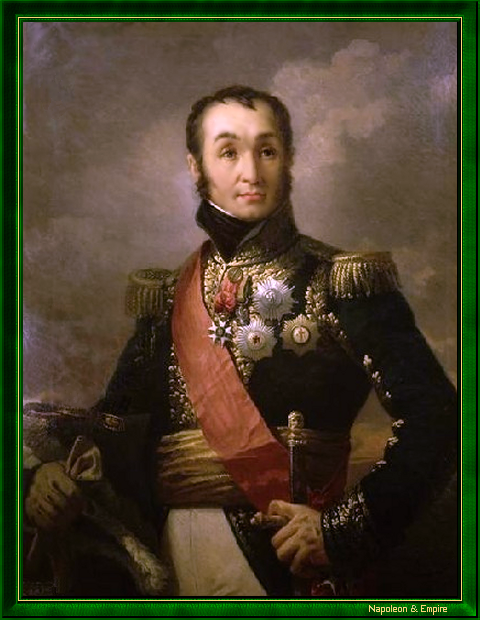
Freemasonry: Marshal Oudinot was initiated as a Freemason in 1799 at the "Saint-Jean de Jérusalem" Lodge in Nancy (the same lodge that would initiate Michel Ney two years later) and was a member of the "L'Amitié" ("Friendship") Lodge of Arras in 1805. In 1811, he received the title "Your Worship" from the "Saint-Napoleon" Lodge and under the Restoration was made Worshipful Grand Officer of the Grand Orient of France.
The name Oudinot can be found on the 13rd column (east side) of the Arc de Triomphe while a statue by Pierre Joyeux honouring the Duke of Reggio's memory can be found on the north side of the Louvre on the Rue de Rivoli .
Acknowledgements
Other portraits
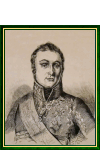
Enlarge
"Nicolas Charles Oudinot, Duke of Reggio". Engraving after Hippolyte Bellangé (1800-1866).
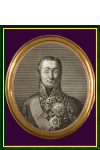
Enlarge
"Marshal Oudinot". Engraving after Robert Lefèvre (1755-1830).
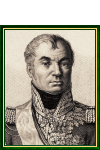
Enlarge
"Nicolas Charles Oudinot, Duke of Reggio". Nineteenth century engraving.